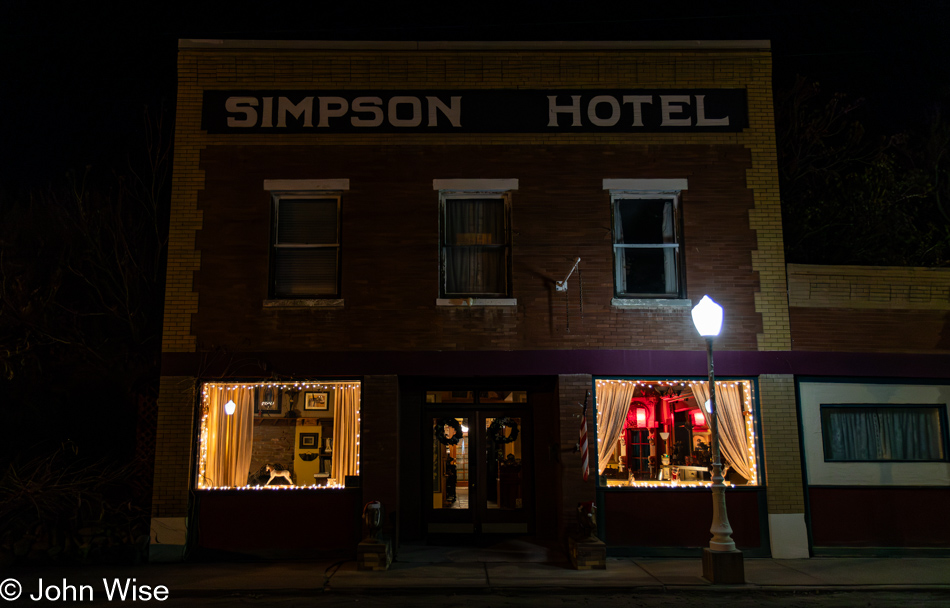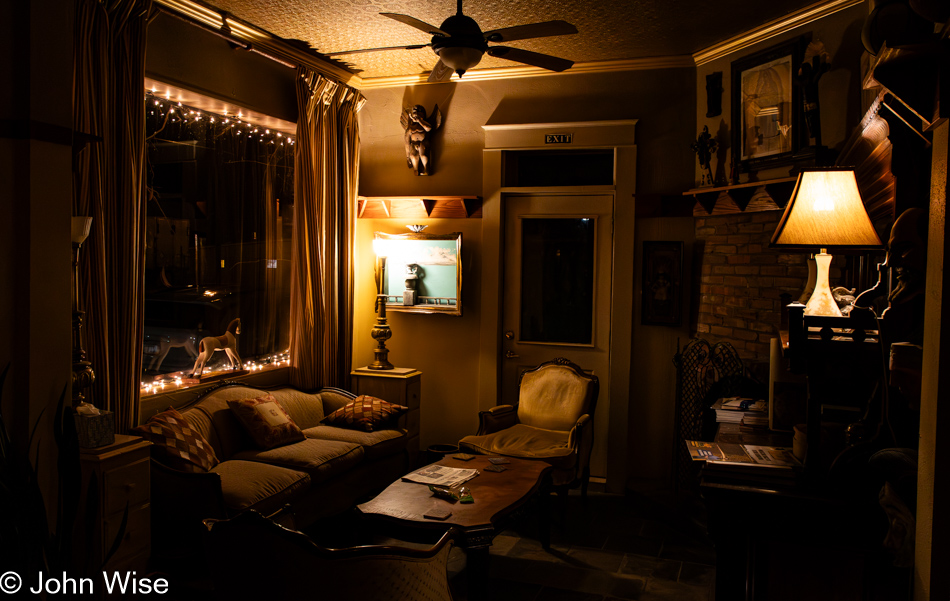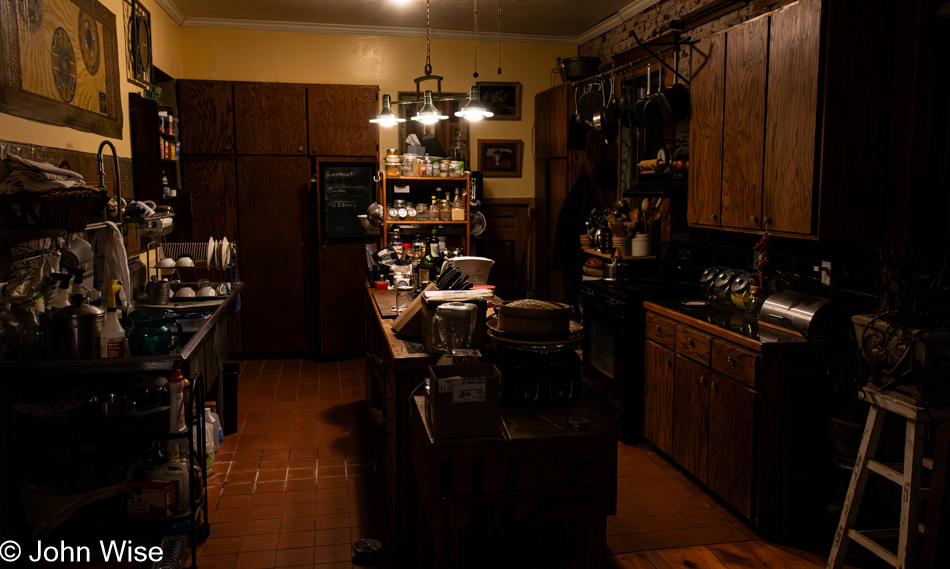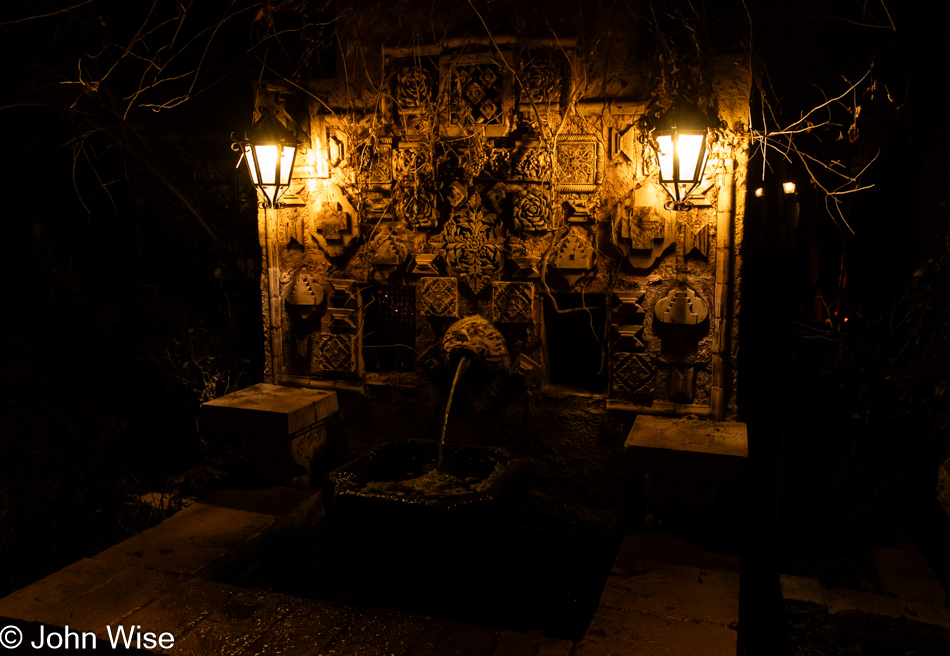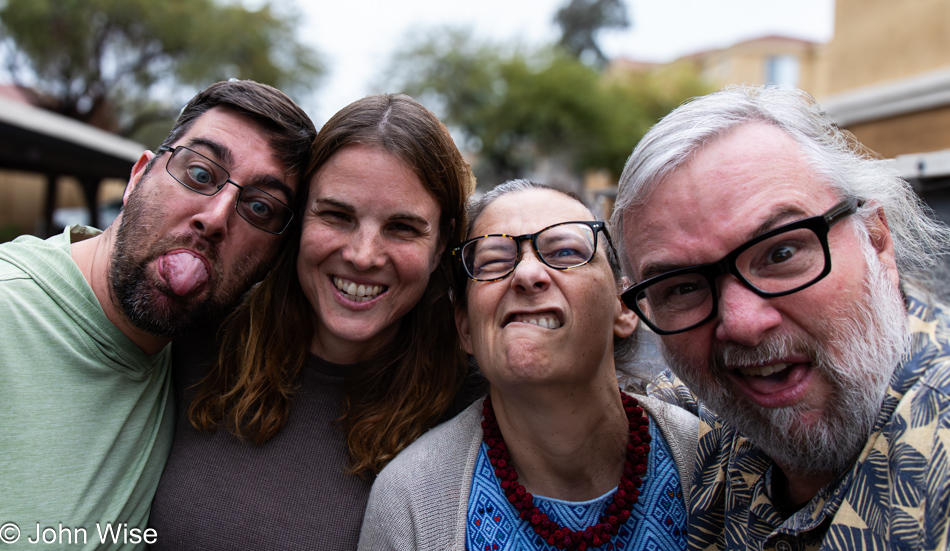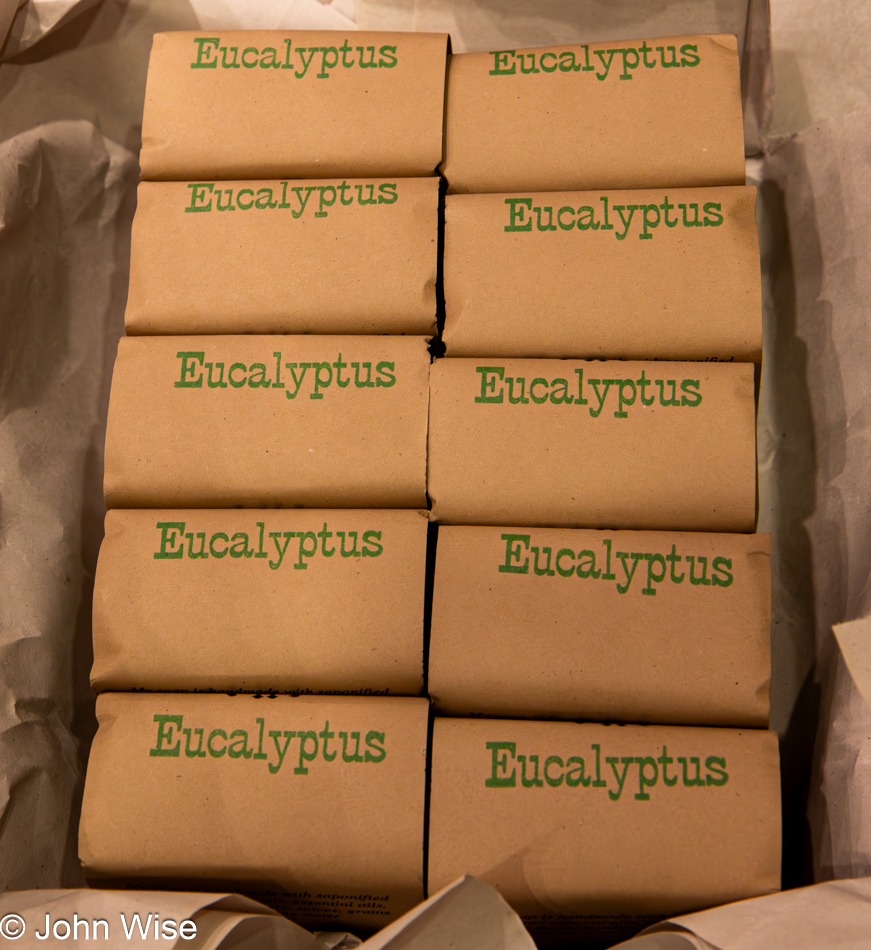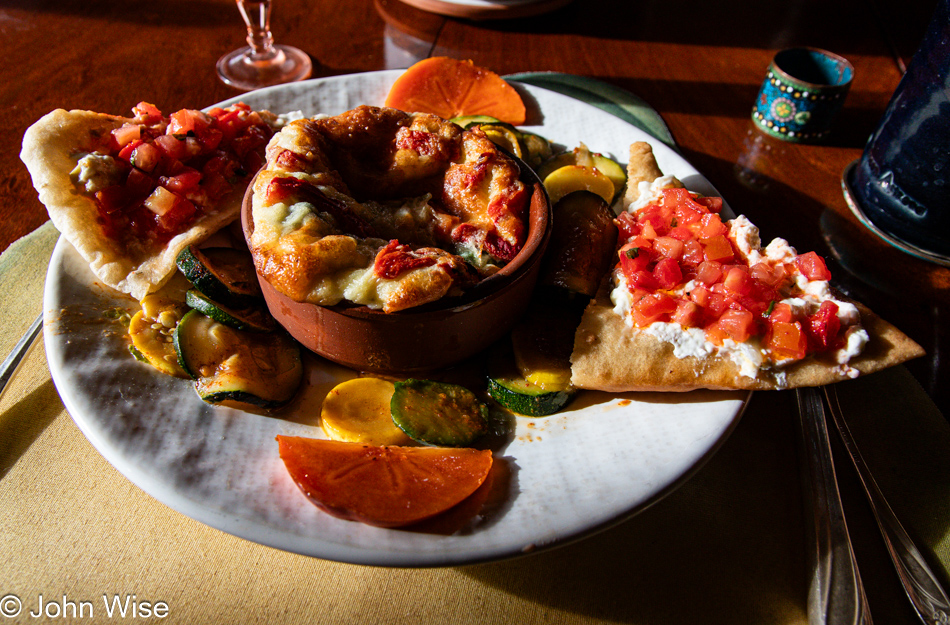
Before we know it, we are waking in a bed not our own, just before sunrise. This being a lazy closure of the year that was 2023, we are in no hurry to discover anything that hasn’t already been collected this year. Okay, that is mostly true. Last night, upon reaching Pima, Arizona, Taylor Freeze was luring us in to accentuate our state of fullness by offering us a chocolate malted that might be our favorite anywhere, but that and Guayo’s was really it.
Now, it is time to linger once again in the parlor of the Simpson Hotel, awaiting the warming rays of the rising sun. A cup of coffee from our hosts, who woke much earlier than expected, arrives, and based on the sounds emanating from the kitchen, we can anticipate breakfast will be coming up soon. Lord Chef Don Carlos, under a different hat, is the renowned artist of the same name, sans the beneficial title Lord Chef. True to my perception, another of his famous vegetarian repasts is in the works. We have come to understand that these creations rival any other early-day meals we’ve taken from Stockholm to Santa Monica or Portland to Vienna. World Class eating of the gourmet variety right here, miles from the New Mexico border in the middle of nowhere, Arizona.
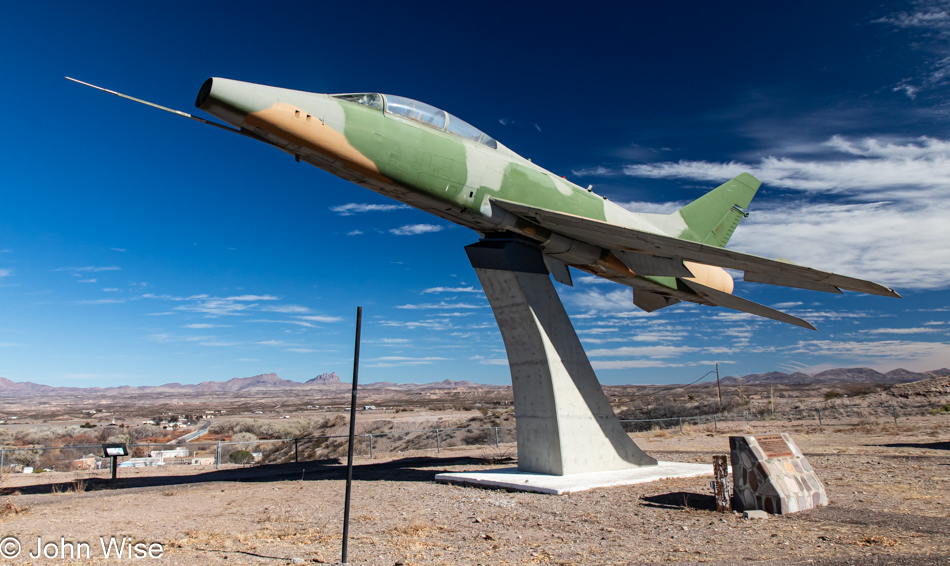
From there, we did what anyone else would do who was trying to escape the year that had been, we merged into a transitional state where little was allowed to happen. This type of being is often referred to as vegging, and we were practicing hard to enhance our mastery of this skill. Caroline was back at the window, you know, the one with the cushy seat where the cats tend to congregate due to the slightly closer proximity to the sun spilling into the front window of the Simpson. My place in the parlor is at the same spot I was last night, where I took coffee and was served that amazing frittata, breakfast bruschetta, and sauteed veggies. Seems that by neglecting to include a photo, I might have otherwise missed that prior to the savory, we were offered a sweet in the form of a Crème fraîche-topped hearty pastry studded with a rainbow of various colored fruit. Lethargy was obviously the third course, but the cold, hardwood of my chair meant my butt would pay for it.
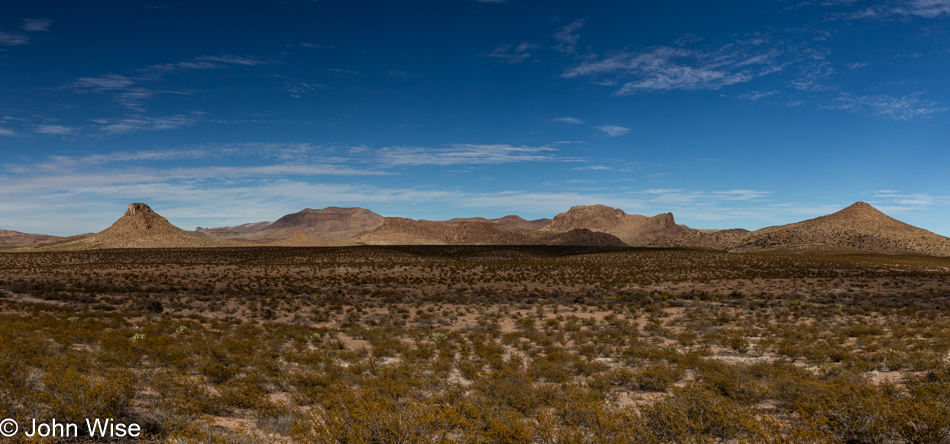
While my heart was into accomplishing little, my bottom insisted I get up and move as it’s been hours in the parlor, although time seemed to be standing still. Ah, coffee and maybe some lunch could be in our future? Heck, we can also get into some more Proust on a drive over to Safford.
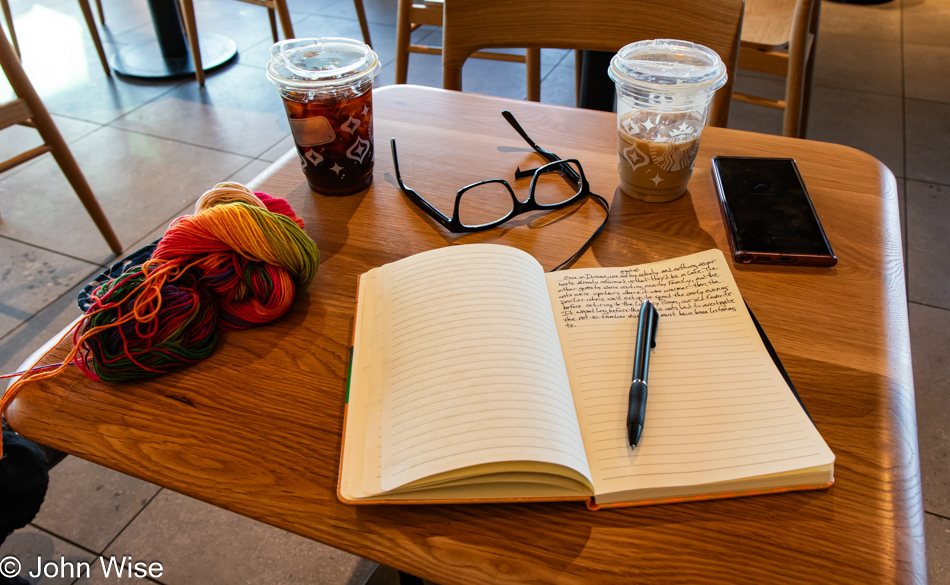
At Starbucks, we were able to duplicate our efforts and much of the positioning we’d taken at the Simpson. Sitting down, we got busy doing what needed to be done. But then, just as a new routine of being in place was finding comfort, we’re informed that they must close for unexplained reasons at 4:00, which is only 15 minutes away. Even had we known the reasons, our need to depart would have remained the same.
Undeterred, we took the opportunity to finish volume six of In Search of Lost Time and finally put The Fugitive behind us. Our speed of return to Duncan was adjusted in order to best facilitate our goal. And guess what? We won. Volume six has been vanquished.
Of the details that followed, nothing of import is noted as simple things one might do in the front parlor of an Old West hotel from 1914 were actively engaged. The quiet, warm lighting, purring cats, and wonderful setting carried us into the evening, and that was that.


